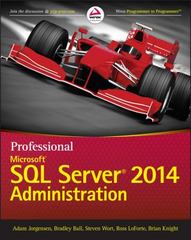Question
Q1. Consider a processor with a 2 ns clock cycle, a miss penalty of 20 clock cycles, a miss rate of 0.05 misses per instruction,
Q1. Consider a processor with a 2 ns clock cycle, a miss penalty of 20 clock cycles, a miss rate of 0.05 misses per instruction, and a cache access time (hit time) of 1 clock cycle. Assume that the read and write miss penalties are the same.
a) Find the average memory access time (AMAT).
b) Suppose we can improve the miss rate to 0.03 misses per instruction by doubling the cache size. However, this causes the cache access time to increase to 1.2 cycles. Using the AMAT as a metric, determine if this is a good trade-off.
c) If the cache access time determines the processors clock cycle time, which is often the case, AMAT may not correctly indicate whether one cache organization is better than another. If the processors clock cycle time must be changed to match that of a cache, is this a good tradeoff?
Assume that the processors in part (a) and (b) are identical, except for the clock rate and the cache miss rate. Assume 1.5 references per instruction (for both I-cache and D-cache) and a CPI without cache misses of 2. The miss penalty is 20 cycles for both processors.
Step by Step Solution
There are 3 Steps involved in it
Step: 1

Get Instant Access to Expert-Tailored Solutions
See step-by-step solutions with expert insights and AI powered tools for academic success
Step: 2

Step: 3

Ace Your Homework with AI
Get the answers you need in no time with our AI-driven, step-by-step assistance
Get Started


